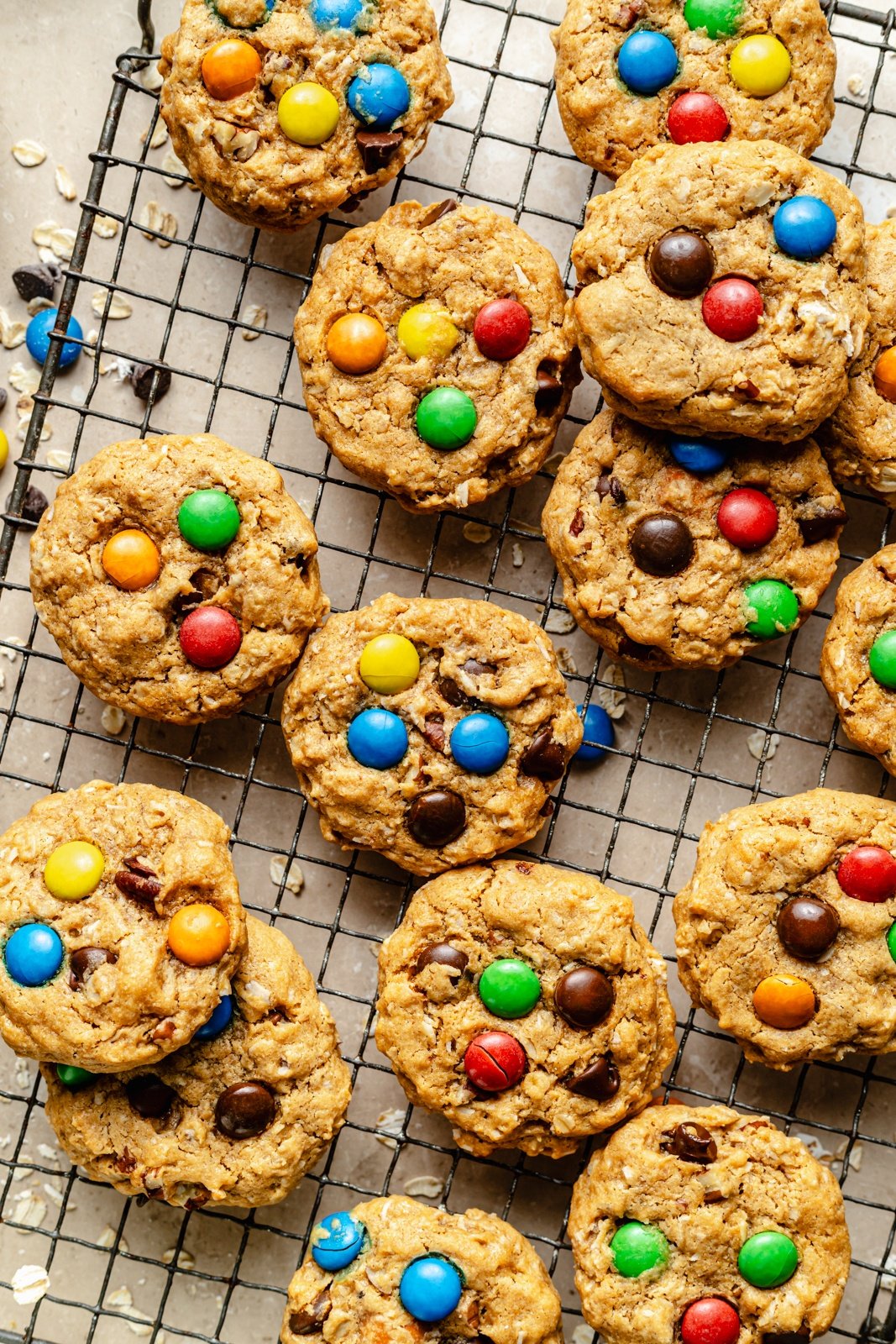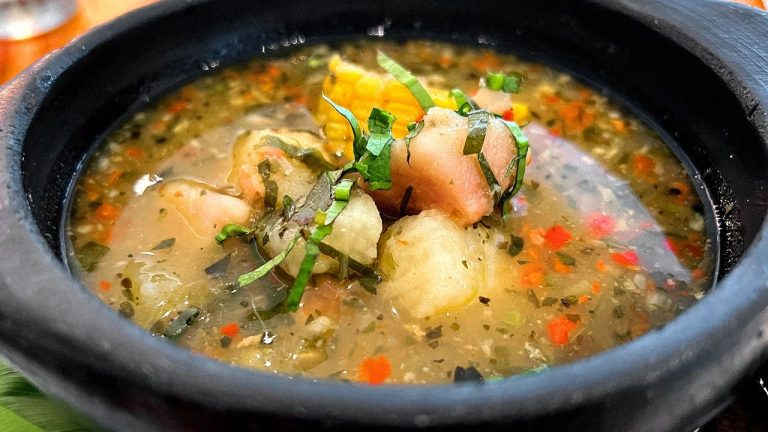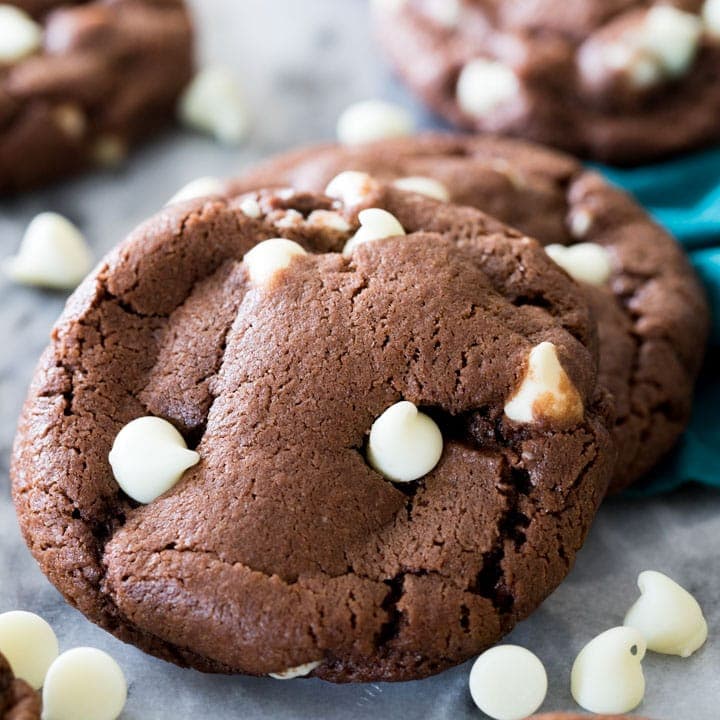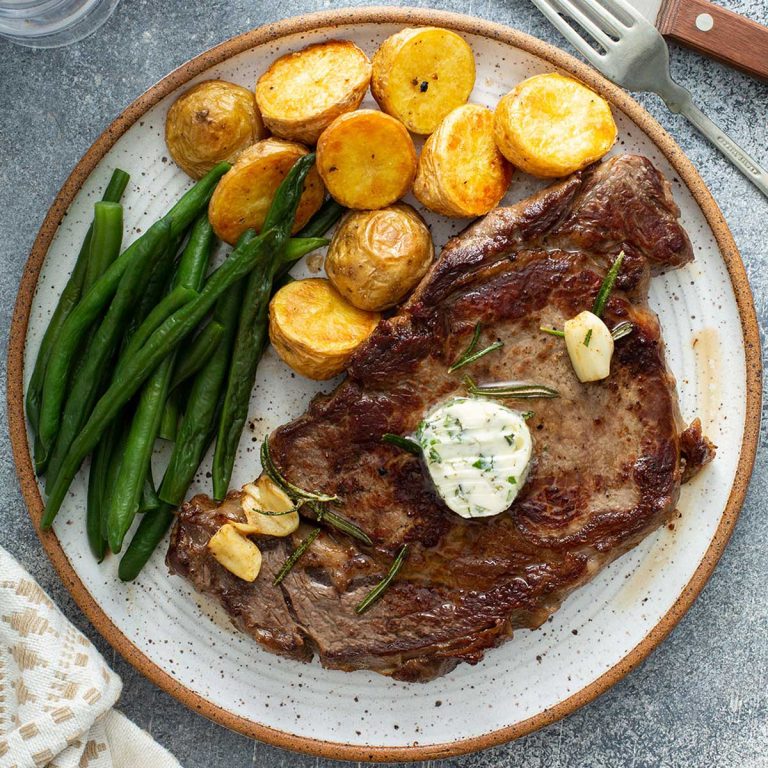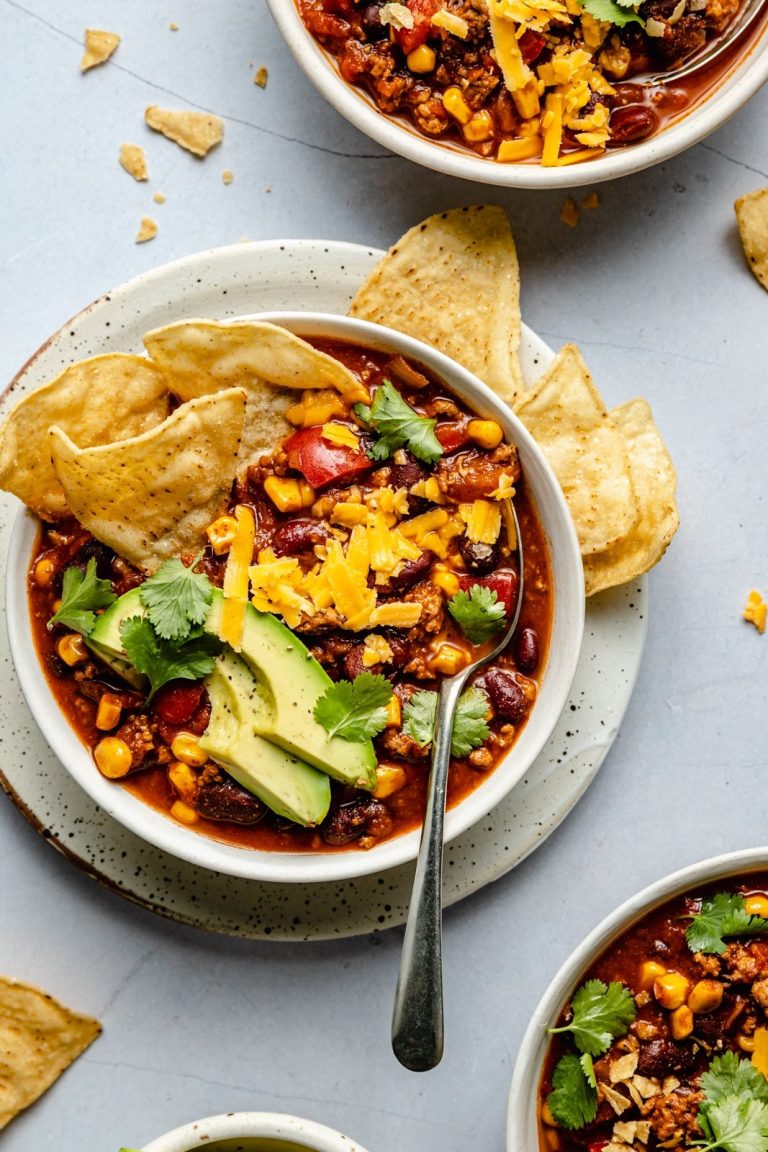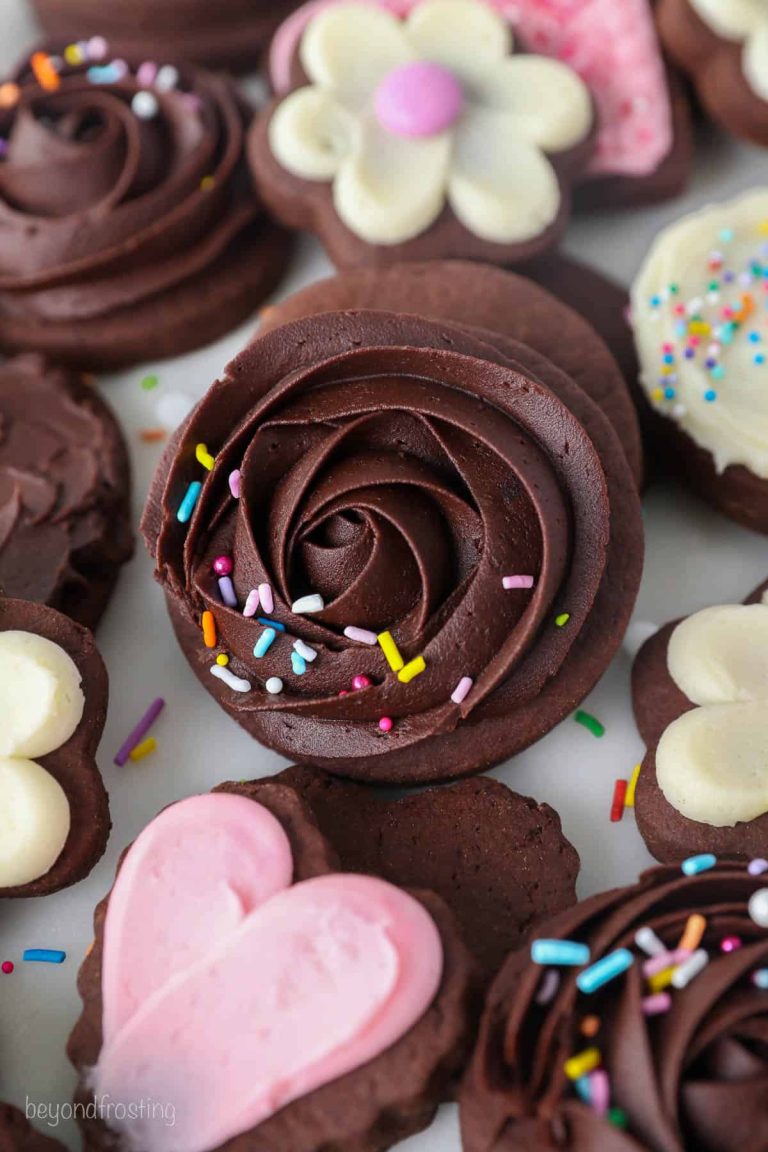Monster Cookies: Ultimate Guide to Baking, Variations, and Healthier Alternatives
Monster Cookies, though not tied to a single cultural tradition, have roots in various American households. They emerged in the mid-20th century when home bakers experimented with their available ingredients. Combining oats, peanut butter, chocolate chips, and M&Ms, they aimed to create a versatile treat that catered to multiple tastes. These cookies quickly gained popularity in potlucks and community events due to their rich mix of flavors and ease of preparation. Over time, their recipes evolved, incorporating new ingredients like butterscotch chips and shredded coconut, resulting in diverse variations.
Popularity Across the Globe
Monster Cookies have transcended their American origins, finding fans across the globe. International adaptations often include local ingredients, such as adding matcha powder in Japan or Nutella in Europe. The cookie’s universal appeal stems from its adaptability and the comforting blend of sweet and salty flavors. Thanks to social media and food blogs, these cookies enjoy widespread recognition, with bakers sharing unique recipes online. This global reach has cemented Monster Cookies as a beloved treat in many countries, each adding its own twist while maintaining the original charm.
Key Ingredients Used in Monster Cookies
Significance of Oats and Peanut Butter
Oats and peanut butter are fundamental ingredients in Monster Cookies. Oats provide a chewy texture, adding a hearty element to the cookies. They act as a binding ingredient, making the cookies firmer and more satisfying. Peanut butter enhances the flavor, delivering a creamy and nutty richness. It also contributes to the moistness, balancing the chewiness of the oats.
Role of M&Ms and Chocolate Chips
M&Ms and chocolate chips contribute to the visual appeal and sweetness of Monster Cookies. M&Ms add color and a slight crunch, making each bite visually and texturally exciting. Chocolate chips offer bursts of chocolate flavor, complementing the peanut butter and oats. Together, these ingredients create a dynamic taste experience, combining sweet and salty elements in a single treat.
Baking Perfect Monster Cookies
Tips for Mixing the Dough
Mixing the dough correctly improves the final texture and flavor of Monster Cookies. Start by creaming the butter, peanut butter, and sugars until the mixture is light and fluffy. Use an electric mixer for consistency. Add eggs one at a time, beating well each time. Gradually blend in the oats, baking soda, and salt to ensure even distribution. Fold in the M&Ms and chocolate chips last to avoid breaking them down.
Baking Time and Temperatures
Baking time and temperatures determine cookie perfection. Preheat your oven to 350°F (175°C). Use a cookie scoop to drop dough onto a baking sheet, spacing them about 2 inches apart. Bake for 10-12 minutes or until the edges are lightly golden. Let the cookies cool on the baking sheet for 5 minutes before transferring them to a wire rack. This step sets the chewy texture.
Health and Dietary Considerations
Gluten-Free Variants
Standard Monster Cookies typically contain oats, which are naturally gluten-free but can be contaminated during processing. To make gluten-free Monster Cookies, use certified gluten-free oats. Replace regular flour with gluten-free alternatives like almond flour or a gluten-free baking blend. Double-check labels on mix-ins, like M&Ms and chocolate chips, to ensure they’re gluten-free. Following these steps will make your Monster Cookies suitable for those with gluten sensitivities or celiac disease.
Caloric and Nutritional Information
Monster Cookies are rich in both flavor and calories. A standard serving of around one cookie (50g) contains roughly 200-250 calories. Main contributors include peanut butter and add-ins like chocolate chips and M&Ms. Here’s a breakdown of essential nutrients per serving:
| Nutrient | Quantity |
|---|---|
| Calories | 200-250 |
| Total Fat | 10-12g |
| Saturated Fat | 3-4g |
| Carbohydrates | 24-28g |
| Sugars | 15-18g |
| Protein | 4-5g |
| Dietary Fiber | 2g |
To reduce sugar and calorie content, consider substituting some ingredients. Use dark chocolate instead of milk chocolate and opt for natural sweeteners like honey or maple syrup. Reducing the quantity of M&Ms or replacing them with nuts can also provide healthier fats without compromising the taste.
Creative Variations of Monster Cookies
Seasonal and Festive Adaptations
Seasonal and festive adaptations add a unique twist to Monster Cookies. In winter months, integrate peppermint extract and crushed candy canes for a holiday vibe. Use red and green M&Ms during Christmas or pastel colors during Easter. For fall, incorporate pumpkin puree, cinnamon, and nutmeg, creating a warm and spicy flavor profile. On Halloween, add spooky-themed sprinkles or edible eyes to the cookies, enhancing both their taste and appearance.
Vegan and Low-Sugar Options
Vegan and low-sugar options allow more people to enjoy Monster Cookies. Replace eggs with flaxseed or chia seeds mixed with water. Use vegan butter or coconut oil instead of traditional butter. For a low-sugar variant, swap out regular sugar with natural sweeteners like stevia or monk fruit. Include dark chocolate chips or carob chips for a healthier chocolate alternative. These choices retain the signature taste of Monster Cookies while accommodating dietary preferences.
Conclusion
Monster Cookies offer a delightful blend of flavors and endless possibilities for customization. Whether you’re adhering to dietary restrictions or simply looking for a healthier treat, there are numerous ways to adapt these cookies to your needs. From festive seasonal variations to vegan and low-sugar options, you can enjoy Monster Cookies without compromising on taste. Experiment with different ingredients and find your perfect combination. Happy baking!
